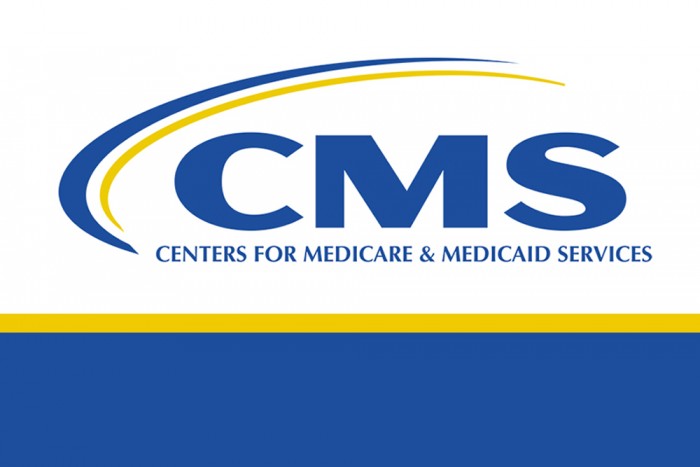The Centers for Medicare and Medicaid Services (CMS) recently announced that they plan to offer more than $110 million to expand access to home and community-based services (HCBS) through Medicaid’s Money Follows the Person (MFP) program. MFP, authorized since 2005, has provided states with $4.06B to support individuals who choose to transition out of institutions and back into their homes and communities. This new Notice of Funding Opportunity (NOFO) provides individual awards of up to $5 million available for more than 20 states and territories not currently participating in MFP. These funds will support initial planning and implementation to get the state/territory programs off the ground, which would ensure more people with Medicaid can receive high-quality, cost-effective, person-centered services in a setting they choose.
For states already participating in MFP, CMS also announced that the agency is increasing the reimbursement rate for MFP “supplemental services.” These services will now be 100 percent federally funded with no state share. Additionally, CMS is expanding the definition of supplemental services to include additional services that can support an individual’s transition from an institution to the community, including short-term housing and food assistance.









